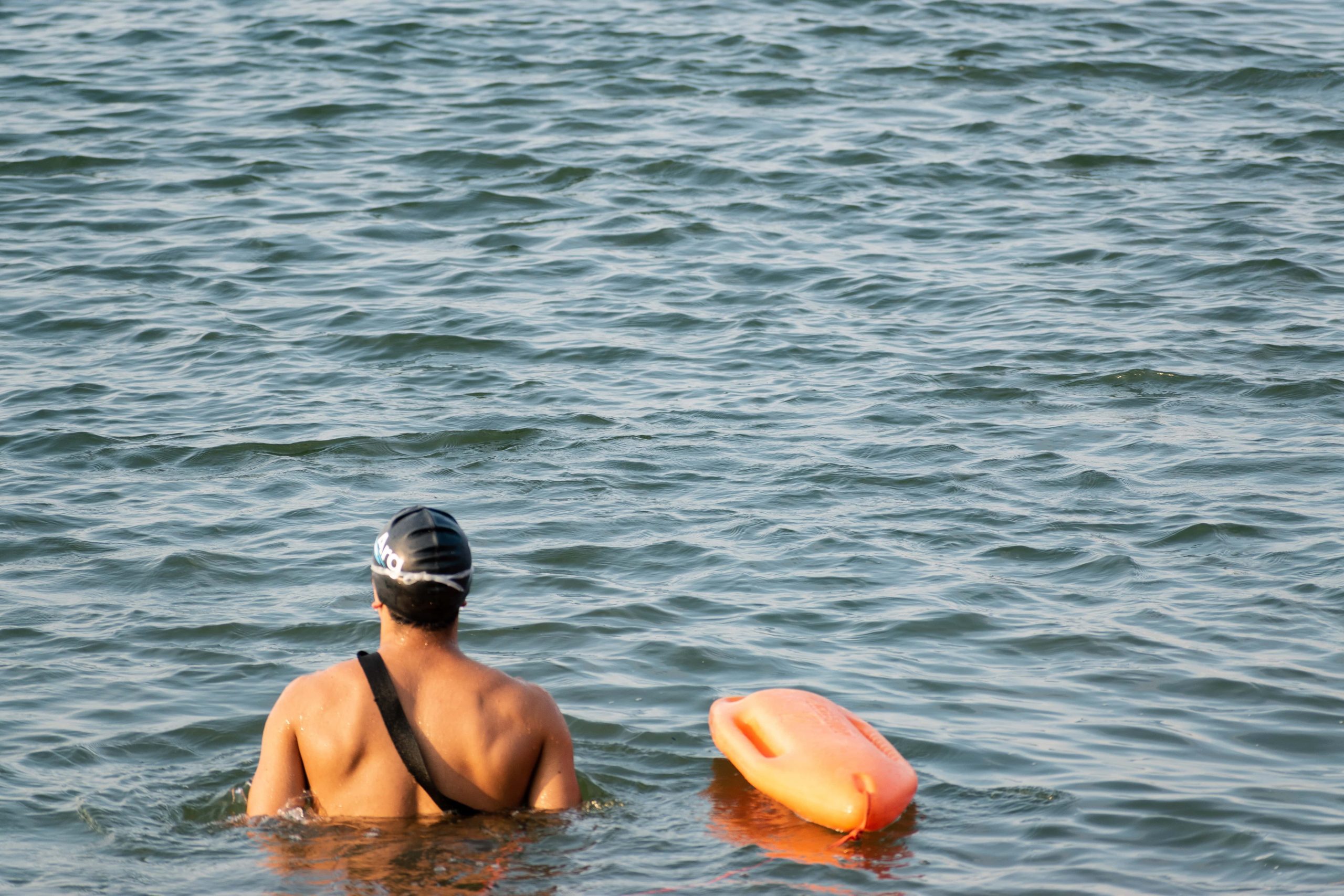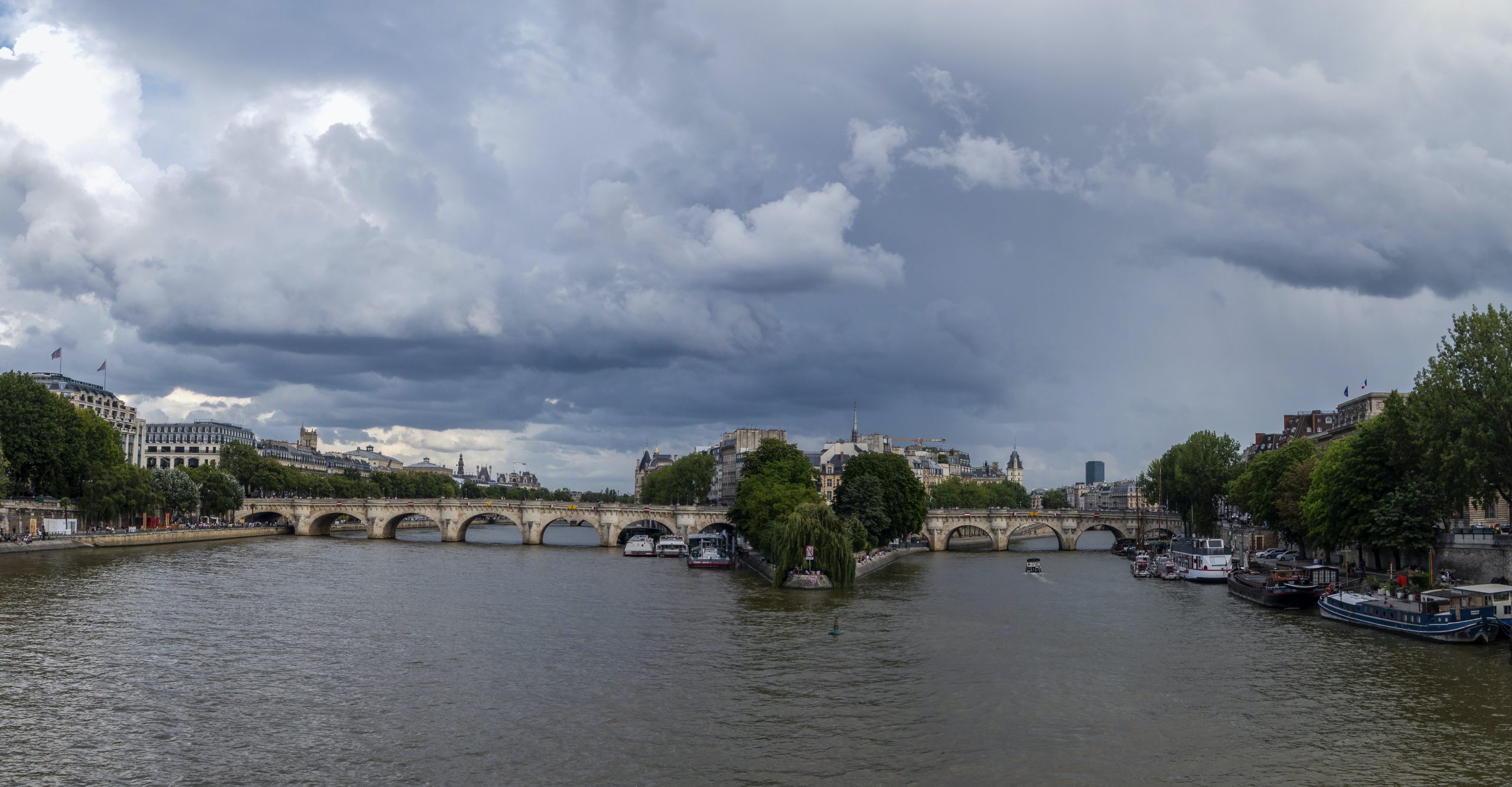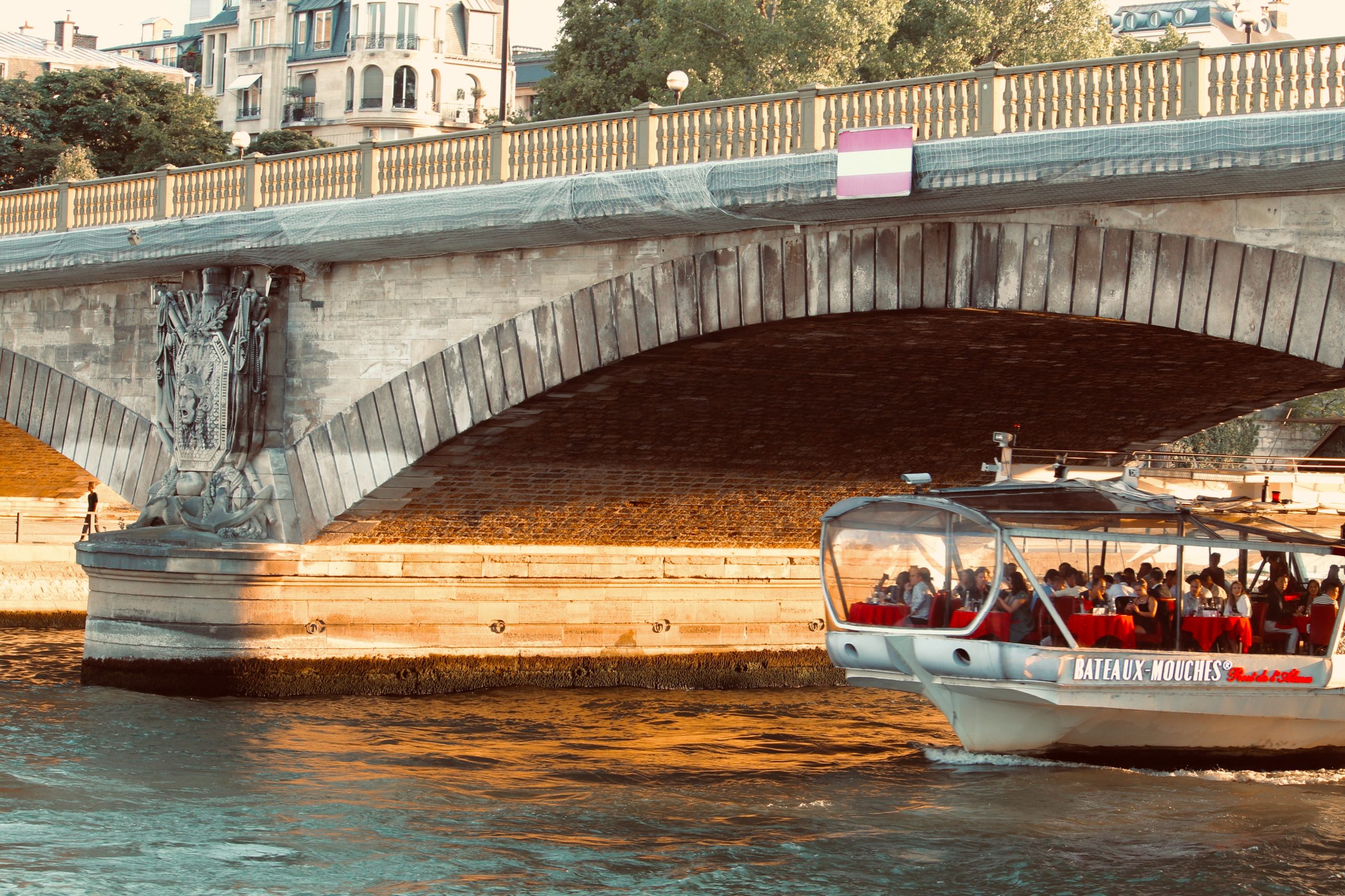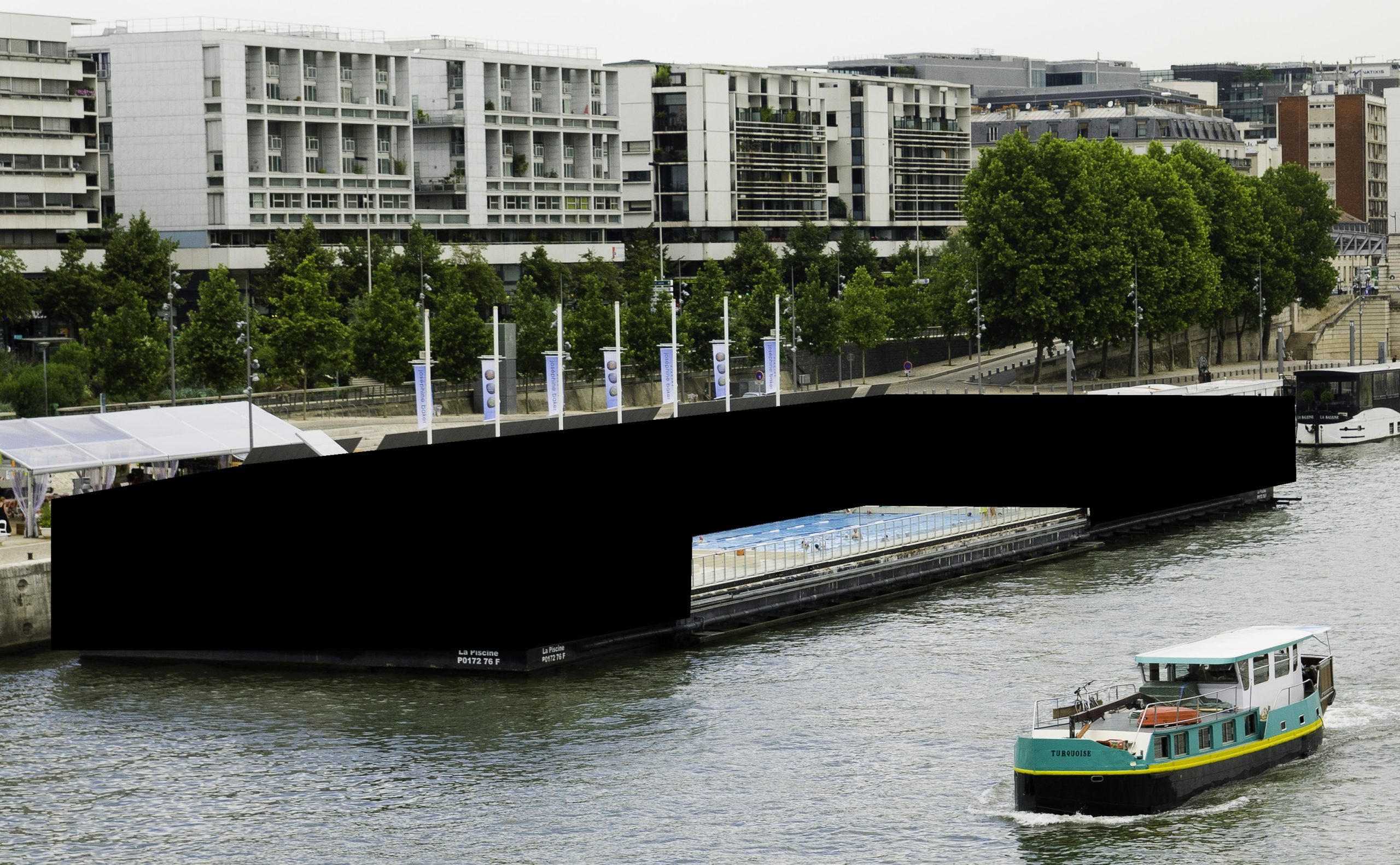Swimming in the Seine

Billboard
Skyscrapper
Halfpage
In less than 365 days, the Olympic Games will begin in Paris. One of the biggest challenges for the city is to make the Seine swimmable for the competition – and for citizens afterwards. An update on the progress here.
Open water competitions planned in the Seine in 2024
A week ago, the Olympic dress rehearsal in triathlon for Paris 2024 took place. The participants are to compete in the swimming portion of the event in the Seine. However, the dress rehearsal literally fell into the water: polluted water due to a defective sewage valve and dead rats led to health risks, which is why the triathlon became a duathlon without swimming. During practice, some athletes experienced gastrointestinal problems and E. coli bacteria were discovered.
Rio de Janeiro faced a similar problem at the 2016 Olympics, when dirty water in the sailing area led to cancelled competitions. Typically, water samples are always taken before a triathlon, and Paris is no exception, although it is not always clear where in the water the samples are taken.
Nevertheless, the city of Paris has the goal of having open water competitions of the Olympic Games take place in the Seine River in 2024. Although swimming in the river has been banned since 1923, the idea of swimming in the middle of the French capital is enticing. When the Olympic Games were held in Paris in 1900, it was still possible to swim in the Seine. At the second event in 1924, people already had to swim indoors. In addition to Olympic competitions, the Seine is to be opened to the public for swimming in some places from 2025.

Three swimming spots in the Seine as an Olympic legacy
Like any major river in a city, the Seine in Paris is a popular recreational area. The city has already invested 1.4 billion euros in the greater Paris area to open up the Seine. This will require connecting thousands of households and hundreds of houseboats to the sewer system. It will also be necessary to build and modernize sewage treatment plants. Catchment basins are planned for the Summer Olympics to guarantee the water quality of the river even when it rains. This is because when it rains a lot, wastewater from the overloaded sewage system can overflow into the river.
Currently, the Seine’s water quality is highly dependent on the weather. The new infrastructure should guarantee good quality regardless of the weather.
One of the three places where it will be possible to swim in the Seine in the future, even without Olympic qualifications, is not far from the Eiffel Tower. Another site is a water sports centre that is already used for leisure activities on the Seine. And the third site will also be centrally located, according to Paris Mayor Anne Hidalgo. All the water areas concerned will be demarcated by buoys and accessible via a footbridge. Changing rooms and showers are also planned.

Cooling off in the water as part of climate resilience
For several years now, swimming in the Seine has been a conceivable option in a floating outdoor pool. However, this consists of a separate pool anchored in the water. Accordingly, no river water is currently used, but chlorinated water. Jacques Chirac, president from 1995 to 2007, promised Parisians that they would soon be able to swim in the Seine again.
Now, 102 years after the ban on swimming, the three planned bathing areas are to make the promise come true as a legacy of the Summer Olympics. The water quality was already poor in 1923. There was also concern about increasing boat traffic, which could be dangerous for swimmers. Already, Paris’ investments have been largely successful, and the water is safe for swimming 90% of the time, according to the city. Regular testing should guarantee this in the future.
With climate change impacts and predictions for increasingly hot summers, a swimmable Seine will not only make the French capital more attractive, but also more climate resilient. After all, when the summer weather reaches 40°C, or perhaps even 50°C from 2050 onwards, cooling down is worth its weight in gold.

Fingers crossed for good weather
Despite the botched August 2023 triathlon trials, Paris is on track as far as the Seine’s water quality is concerned. Samples taken June 6 and July 19 showed levels suitable for swimming, according to World Health Organization specifications. Due to heavy rainfall in August 2023, water quality recently dropped again.
The city plans to continue testing regularly and implementing appropriate measures to clean up the Seine. For example, since early summer 2023, there have been two water treatment plants on the Seine and the Marne. And a new storage basin called Austerlitz can store over 50,000 m³ of water. So if it rains heavily just before next year’s Summer Games, wastewater can be channelled through the storage basin into sewers and treatment plants instead of polluting the Seine.
There will also be alternate dates for competitions in the water, just in case. Thus, depending on water quality, it should be possible to hold competitions at a later date if necessary. This shows that the city of Paris is not yet completely sure about the water quality in 2024.
Read more about Paris 2024 and urban development plans here.












